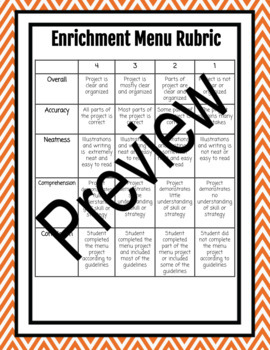

Invite toddlers and preschoolers to repeat, predict, and/or extend rhythmic patterns. Verse 2: Mama loves you don’t you cry. Mama loves you don’t you cry. Verse 1: Little baby, don’t you cry. Little baby, don’t you cry. Here is one example of a song you could sing: If the words themselves make a pattern, your child can also see a pattern in your mouth movements. Rock with your child while you sing, and pat gently on your child’s back so that he can simultaneously hear and feel the patterns in the music. How it relates to mathematics: Rhythm helps children learn to recognize one-to-one correspondence and to identify and predict distinct patterns. Being able to recognize and anticipate rhythmic patterns helps children remember or predict the words to a song or a rhythmic story.Īctivities to try: Even newborns can learn about rhythm as their parents sing lullabies to them. A song’s rhythm varies, while the steady beat is constant. What it is: Rhythm is similar to but different from the steady beat. Songs that build on themselves, such as “There Once Was an Old Lady Who Swallowed a Fly”) help children grasp the idea of “more.” After each verse or every few verses you can ask, “What’s next?” or “Should we sing more?” Songs that invite children to join in with each verse also promote this concept. You could also play a drum or even sing instead of clapping. Ask, “Can you clap as many times as I do?” As your child gets better at this, you can add rhythm to your clapping. To work on one-to-one correspondence, try having your child repeat a basic clapping sequence.
MUSIC MATH AND SCIENCE ENRICHMENT FREE
There is no wrong way to do this, so feel free to experiment. You can even have children stomp or clap harder on the downbeat (the most accented note in each measure). For example, if you clap once and then ask, “Can you clap more than I clapped?” a toddler will most likely clap more than once.Īctivities to try: While singing a song, emphasize the words that fall on the beat by stomping or clapping on each beat.

Clapping to the steady beat also is a way to emphasize the math concept of “more.” Through music, toddlers can show they understand what “more” means even when they do not yet understand numbers. One-to-one correspondence is matching up one thing with something else, such as one clap for each syllable. How it relates to mathematics: Emphasizing the steady beat by clapping or moving to the music supports children’s development of one-to-one correspondence. Listen to “Old MacDonald,” “Bingo,” or “Twinkle, Twinkle, Little Star,” and you will hear the steady beat. The steady beat is repetitive and evenly spaced. What it is: Steady beat is what you respond to when you hear music and start tapping your toe. Here are three musical elements that relate to math and some suggested activity ideas to try at home. Even the youngest of children can respond to music and the mathematical principles behind it. These responses are reactions to musical elements such as steady beat, rhythm, and melody, all of which reflect mathematical concepts. When we hear music, we rock our babies, clap along, and even look toward the source of the sound. Without thinking, our bodies react to music.

Music is one of the first ways children experience math. In response, Felicia gets up and begins marching around the room in time to the music and singing “la, la, la” along with the rhythm of the song. To encourage Felicia, Grandma claps along with Felicia’s beat. Felicia notices and begins to match Grandma’s tapping to the beat by banging two blocks together. Grandma starts tapping her foot to the music. One of Grandma’s favorite songs comes on the radio. Two-year-old Felicia is playing with blocks while her grandmother sits nearby.


 0 kommentar(er)
0 kommentar(er)
